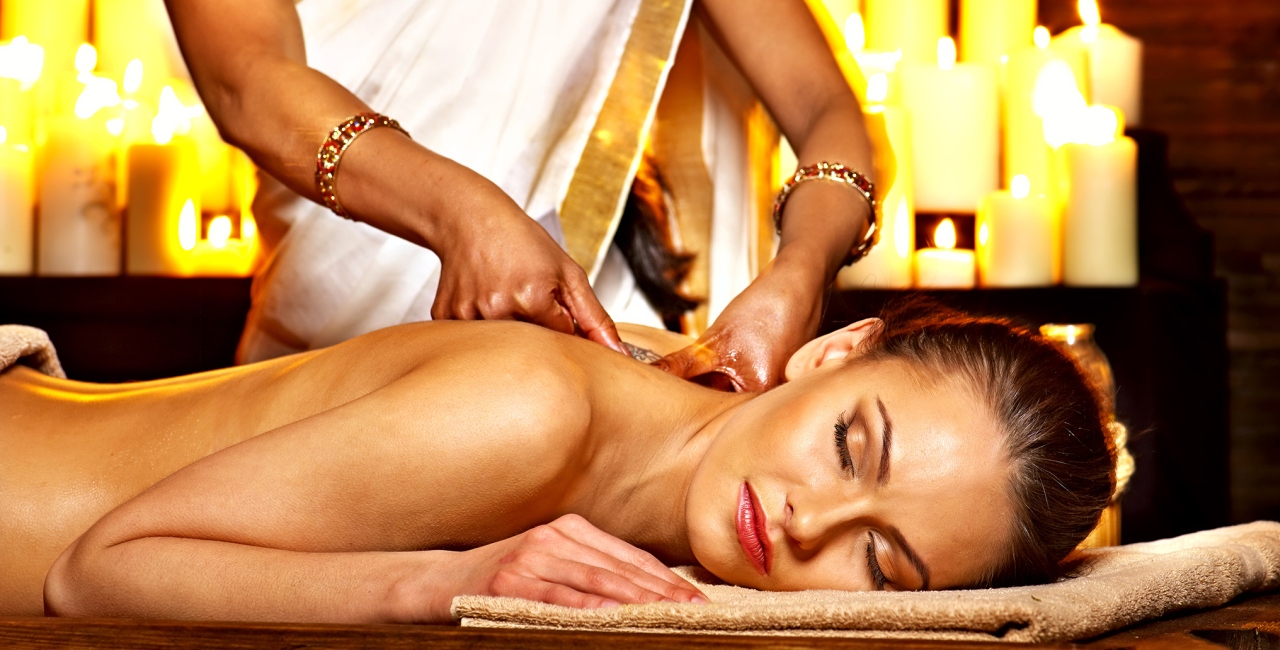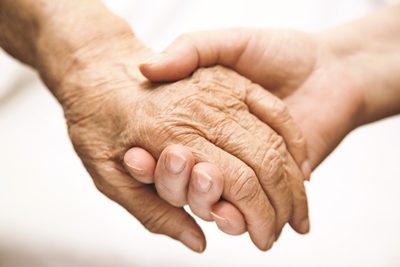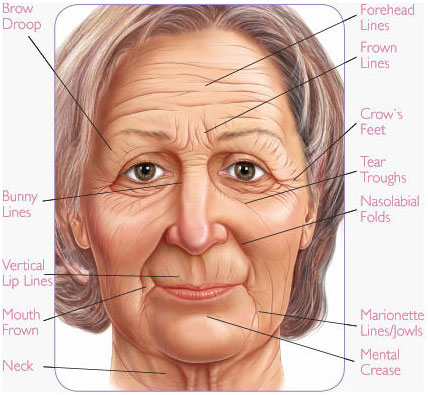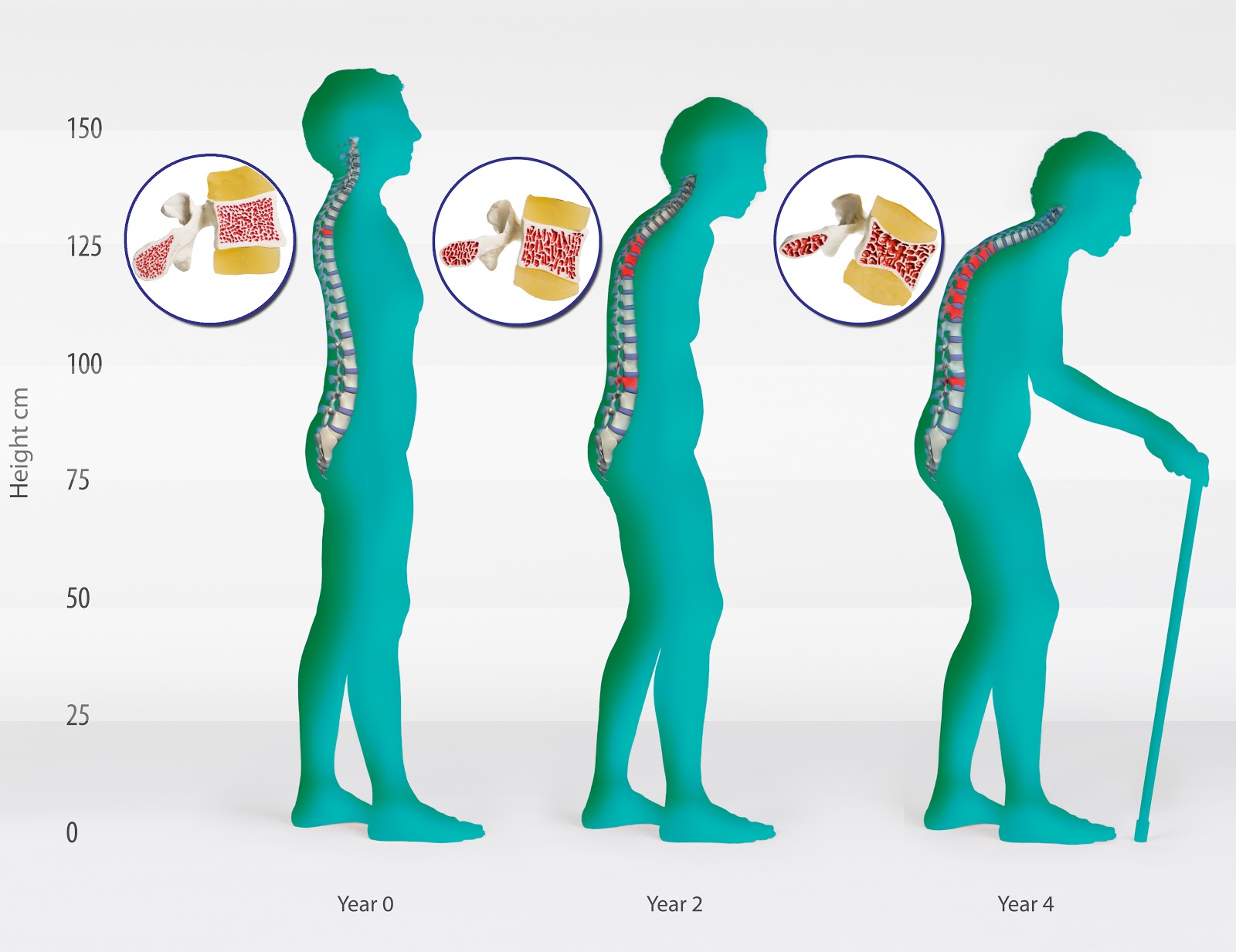Ayurvedic scriptures, written more than 5000 years ago, recommend rubbing and oiling the body to keep it healthy and promote healing. In ancient Greece, the practice of rubbing up the limbs or ‘anatripsis’ was highly recommended for treating fatigue, sports or war injury and illness. Hippocrates, the so-called ‘father of medicine’ suggested an oil massage every day.
Massage therapy is a scientific technique that takes into account the muscle locations, stress points and other anatomical considerations. It is a systematized manipulation of soft tissues for normalizing them.
When muscles are overworked, waste products such as lactic acids can accumulate in the muscle, causing soreness, stiffness and even muscle spasm. Massage improves circulation that increases blood flow, bringing fresh oxygen to body tissues. The oxygen capacity of the blood can increase 10-15% after the therapeutic massage. The stimulation of nerve receptors causes the blood vessels (by reflex action) to dilate which also facilitates blood flow. This can assist the elimination of waste products, speed healing after injury, and enhance recovery from disease.
There is a proven increase in the excretion of nitrogen, inorganic phosphorus and sodium chloride, after the massage. Massage has a tremendous impact on the internal organs. Massage affects by directly/ indirectly stimulating the nerves, that supply internal organs. Blood vessels of these internal organs dilate and allow greater blood supply to them.
Therapeutic massage can be used to promote well- being and enhance self- esteem, while boosting the circulatory system and immune system to benefit, blood pressure, circulation, muscle tone, digestion and skin tone.
There are four stages of the healing process through Therapeutic massage.
Relief: The first few treatment sessions relieve pain; reduce tension and sedate stressed nerves. They do not necessarily solve the problems, but ease the symptoms so that the individual starts feeling better.
Correction: When the pain has been relieved the therapist works on the underlying cause to prevent the problem’s return. Correctional work involves returning muscles, decongesting a sluggish lymph system or freeing knotted or scarred fibers.
Strengthening: This is important in a badly damaged area. Weakness at injury site can mean recurring problems. Massage therapy strengthens the surrounding tissues enabling them to provide adequate support when the injury has healed.
Maintenance: This is the final stage of healing and the first step in preventive care. Occasional massaging treatments keep the problems at bay and prevent any minor health problem to become a major health issue later.
For an Ayurvedic therapeutic massage, the selection of oils and the quantity applied plays a very important role. Ayurveda recommends Oils according to the Prakruti (constitution) of each individual otherwise; the oil used can do more harm than good.
Ayurveda Marma massage:
The Marmas (vital points) are a very important part of Ayurvedic anatomy and surgery. A Marma point is defined as an anatomical site where flesh, veins, arteries, tendons, bones and joints meet up. There are 107 Marma points throughout the body. Each point has its own intelligence and consciousness, which co-ordinate with the mind and body. This ancient form of treatment involves using the fingers to stimulate the Marma points thereby promoting physical and mental rehabilitation. As with Acupuncture, these points correspond to internal organs and systems of the body which react to manual stimulation.
Major marma points correspond to the seven chakras, or energy centers of the body, while minor points radiate out along the torso and limbs. The points cover both the front and back body, including 22 on the lower extremities, 22 on the arms, 12 on the chest and stomach, 14 on the back, and 37 on the head and neck. (The mind is considered the 108th marma.)
The human body, like a machine needs servicing in order to function normally. The Ayurveda healthcare system uses Marma massage as a routine part of their preventative medicine. A professional therapist isolates the Marma points and cleans them out by increasing the blood flow to the affected part of the neuro-muscular junction. They also aim to tone the surrounding muscles.
Massaging the marma points gives benefits to the area of their locations and improves the function of the connecting organs. The marma massage itself is approximately 60 to 90 minutes of duration followed by steam bath or warm shower.
When should one seek the Clinical Massage Therapy?
When one is suffering from any one or more of the following conditions;
- Any chronic muscle or joint pain.
- A known condition of referred pain.
- Any recurring symptoms that seem to accompany or are precipitated by muscle tightness.
- Tight muscles that are limiting the movement of a joint.
- Chronically fatigued muscles.
- Low energy level especially when accompanied by muscle aches and pains.
- A recent muscle injury that generates pain or dysfunction in areas not seemingly involved in the injury.
- Any visceral dysfunction that tests negative for conventional causes.
- Muscle pain that recurs in an area with no apparent new cause.
- A tendency for pain to spread to other muscles whenever a simple or strain or injury occurs.
- Therapeutic massage can help with a wide range of medical conditions including allergies.
- Arthritis (both osteoarthritis and rheumatoid arthritis).
- Asthma and bronchitis.
- Carpal tunnel syndrome.
- Chronic and acute pain.
- Circulatory problems.
- Digestive disorders, including spastic colon, constipation and diarrhea. Gastrointestinal disorders (including colic and constipation).
- Immune function disorders.
- Myofascial pain ( a condition of the tissue connecting the muscles).
- Premature infants.
- Reduced range of motion.
- Sports injuries (including pulled or strained muscles and strained ligaments).
- Temporomandibular joint (TMJ) dysfunction.








